I had lost my way as a gardener.
At first, I thought maybe it was the election that was keeping me away, the roller coaster of bright moments of hope and weeks of existential dread. But as the nights got longer and longer, I began to see that something else was bothering me—I could feel that I had lost touch with what I loved about gardening.
To love a garden can mean so many things. It can mean cultivating your own food that you share with family and friends. It can mean cut flowers for your windowsill, even a micro-flower farm. It can mean sowing medicinal herbs and stocking your apothecary with them. You can love potted container gardens that change throughout the season—tiny, constant sources of joy and nourishment.
For me, gardening is all of those things. I think of myself as a modern pottage gardener (in the United States, a more common term for this style of gardening is homesteading—but I don’t use that word, given that it’s less poetic and because the word harkens back to a time of genocide of the first nation’s peoples of this country, even if many who use the term don’t acknowledge that).
Being a pottage gardener means that sometimes I find myself with more flowers, medicinal herbs, and food than I know what to do with—an embarrassment of riches. Sometimes, half of everything dies, and the garden looks like a wasteland of brown leaves and insect chomps. Sometimes, those two seemingly contradictory things happen at the exact same time.
That’s the gardening life. But with the Instagrammification of gardening, over the past year, I found myself focused more and more on flawless, flashy flowers and perfectionism—and that turned out to be the worst gardening buzz kill ever (except for that one time my hives swarmed and all the bees flew away). I was uninspired. I didn’t sow anything. I didn’t refresh my potted plants.
Now, with the brimming of the new year, I find myself back in the garden—in all of its imperfect beauty—and I think you should get out there and create your own midwinter gardening magic, too. Whether you’re a new gardener or an old hat—and whether you want to grow food, cut flowers, medicinal and culinary herbs, or simply a pot of bulbs for your front porch—there’s plenty to do, even though so much of the natural world seems to be sleeping around us.
Don’t be deceived. Winter is a time of rooting down, renewal, and regeneration, for us and for the plants.
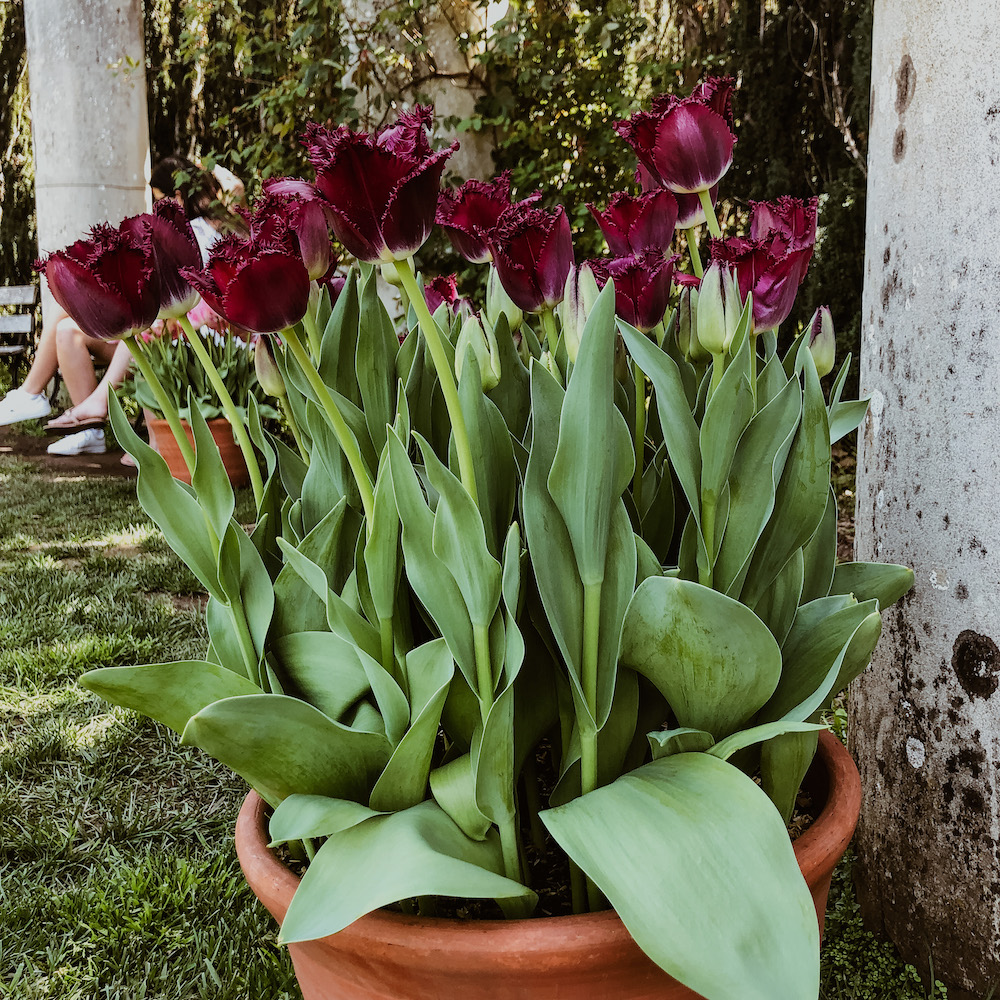
Here are a few things you can do right now to tap into the special magic of winter in your own garden:
First things first: plant perennials for you and your wildlife.
>> Winter is the absolute best season for planting perennials, those plants that go on growing, blossoming, and fruiting year after year. If you only have time to do one thing this month in your garden, it should be planting perennials for you and your wildlife.
>> In the herb garden, this means getting many of our absolute favorite culinary plants into the ground: rosemary, lavender, oregano, lemon balm, marjoram, chives, and garlic chives. For medicinal herb gardens, think echinacea, bee balm, yarrow, and angelica.
>> For wildlife, research what keystone species will best support the insect population in your area. By supporting insects, especially caterpillars, moths, and butterflies, you support the birds, who are basically food for everyone else (plus they’re pretty and make us happier—science shows this). I adore the work of Doug Tallamy for learning more about this and implementing it, but the short version is that when you work with keystone plants, even a little potted plant on your doorstep can make a big difference because these species are worth their weight in gold when it comes to increasing biodiversity and sustaining the larger ecosystem that surrounds us.
>> Don’t forget that roses are perennial shrubs, as are berry bushes! Your local nursery and many lovely boutique online retailers will have bare-root roses, and now is the time to buy them and get them in. I love English roses, with their gorgeous perfume and sweetly cupped flowers, but I also plant California native roses for my winged and crawly neighbors (wild roses host and feed 95 species of moths, butterflies, and other pollinators in my area). This year, I’m also planting native California blackberries, huckleberries, wild currants, as well as their cultivated cousins for jam, pies, cobblers, and scones throughout the year.
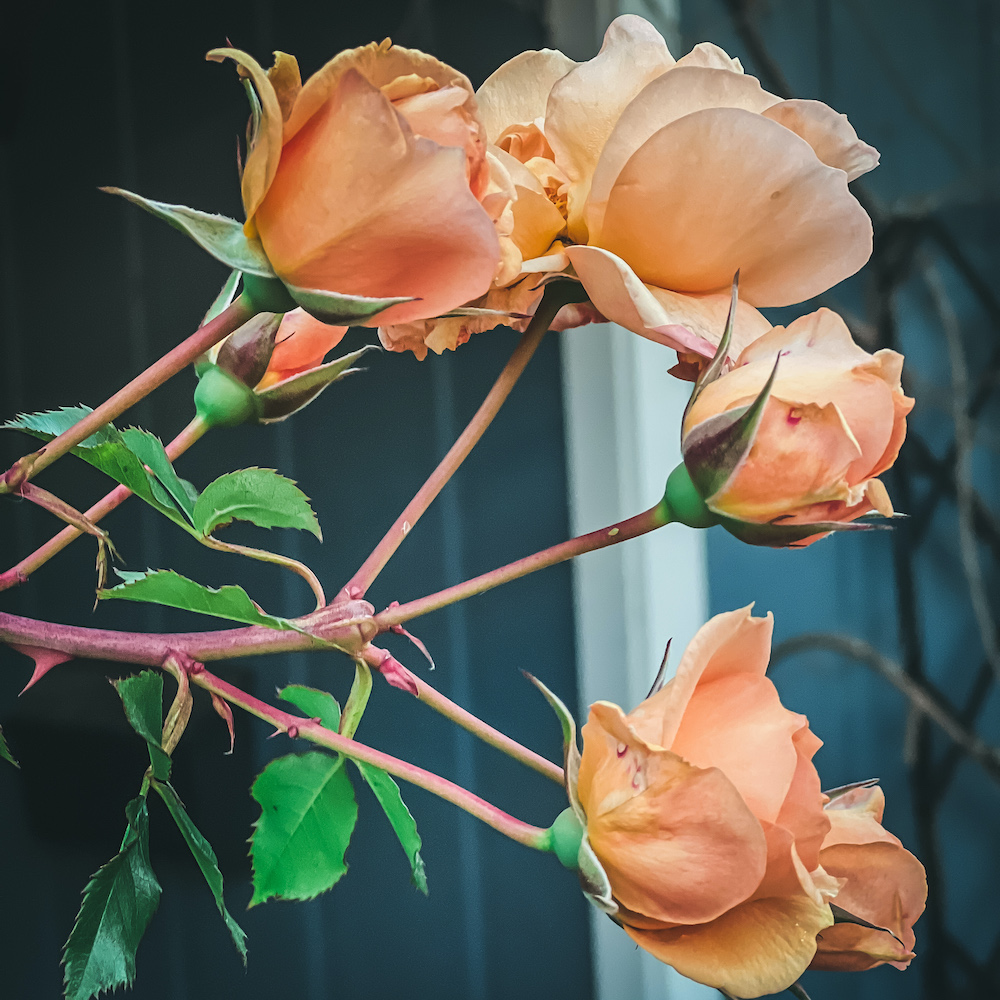
In the kitchen garden:
>> In my garden, this is the best time of year for some of my absolute favorite food plants: the Cole crops (which I’d always thought were “cold” crops. They’re not. The term “Cole crops” originates from the word caulis in Latin, meaning “stem” or stalk of a plant). Cole crops are brassicas like broccoli, cabbage, kale, and cauliflower, and the cooler temperatures make them sweeter and less prone to disease.
>> For gardeners with similar climates to mine, this is also a wonderful time to plant other cool-season crops, such as beets, chard, faves, leeks, lettuce, green onions, peas, potatoes, spinach, and turnips. Radishes are a lovely cool-season crop that grow quickly—I’m interplanting my tulips with radishes since they won’t be up for at least another month. If you live in colder climates, start these indoors so they’ll be ready to plant out when the snow thaws.
In the herb garden:
>> This is an excellent time to plant many of our favorite culinary herbs (especially perennial ones!), such as chives, cilantro, dill, parsley, sorrel, tarragon, and so on. I’m going all out with herbs this year, as they’re the best bang for your buck when it comes to space versus dollars saved. Some of these must be sown indoors and transplanted out, so check your seed packets before progressing.
>> This is also the perfect time to plant many medicinal herbs that are cold-hardy annuals, such as calendulas, California poppy, feverfew, hyssop, chamomile, and catnip. Of course, what’s cold-hardy for me in my climate, and what’s cold-hardy for you may be quite different—so double-check what’s right for your garden.
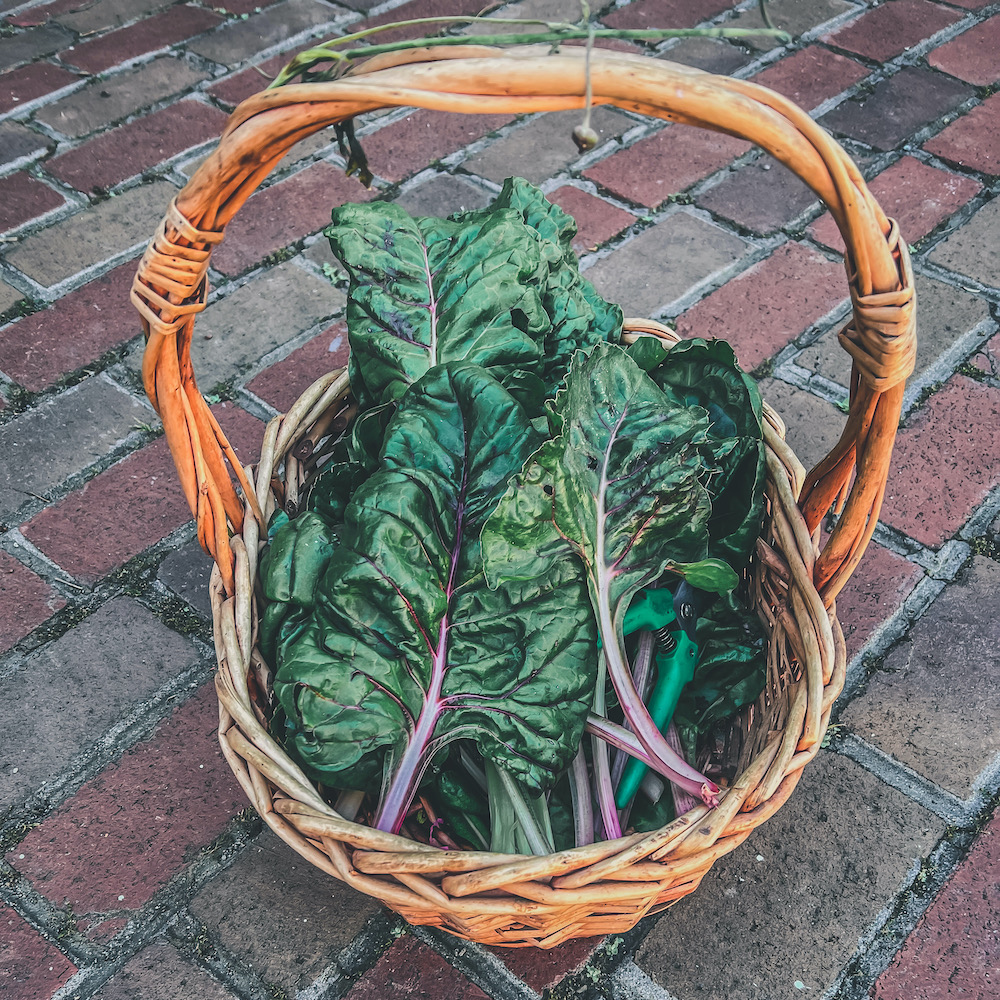
In the cutting garden:
>> If you planted fall bulbs, many should be starting to come up, and some may even have started to bloom! The most likely suspects for this time of year are crocuses, hyacinths, and early daffodils, such as my personal favorite, the mini-daffodil “Prosecco.”
>> Be sure to sow your hardy annuals if you haven’t already—I’m currently adding sweet peas (second batch), calendulas, snapdragons, annual foxgloves, and scabiosa (aka pincushion flower) to my seed sowing space indoors.
Elsewhere in the garden:
>> Take and root cuttings from perennials, such as your roses, rosemary, lavender, and so on. If you’ve left your dahlias in the ground, as I did, and little sprouts come up, you can take the first couple and try rooting them—especially as they may decide to start sprouting before the danger of frost has passed. You can also propagate by dividing plants in the mint family, such as lemon balm and peppermint.
>> ‘Tis pruning time! Roses will appreciate good pruning and defoliation during their dormant time, as will fruit trees and blackberry/raspberry canes. Double-check a sound source before breaking out those pruning sheers, as many apple and raspberry plants won’t fruit this year if you prune the wrong branches.
>> Leave the leaves! They’re full of good molding, rotting things like bacteria and fungi that feed your soil and baby bugs as well. I wait to spread compost for another month or two to ensure these critters have the best chance possible, but I sometimes start using worm teas and seaweed fertilizers now.
>> Last, learn to recognize the most critical seedlings coming up in your garden and start dealing with them: your weeds. If you can identify them and pull them out when they’re tiny and helpless, you’ll save yourself a lot of effort later.
>> Another good reason to learn to recognize the seedlings that are sprouting up everywhere is so that you can putter around the garden and see what Mother Nature has planted for you. In my garden, I’ve already spotted nasturtiums, snapdragons, cornflowers, tomatoes, and nigella (love-in-the-mist). Even if it’s not where you would have chosen to plant a particular seedling, consider keeping it where it is—after all, if that’s where the plant’s natural wisdom said that it should be, it may be the best possible place for it.
I hope you can get out into the sunshine whenever and however you can. The chill air and liminal sunlight are good for your heart, spirit, and immune system—and these are challenging times. Taking care of yourself and taking care of your garden (or whatever little sliver of soil you have access to) could be one and the same.
Even with everything that’s hard in the world, nature and our gardens offer us endless opportunities to find and cultivate beauty, whether we’re in the depths of a dark winter, or the beginning of a glorious spring.
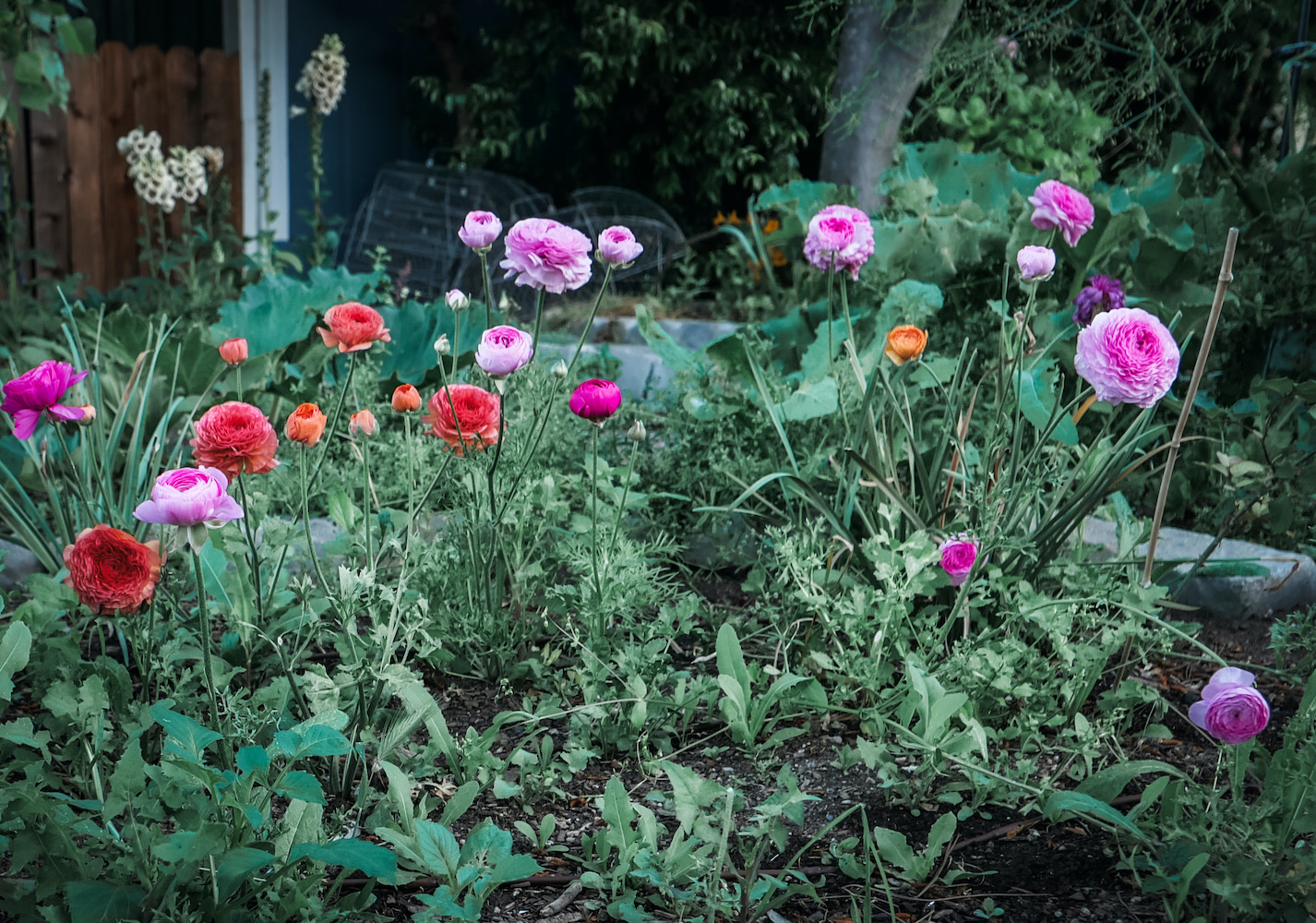

 Share on bsky
Share on bsky
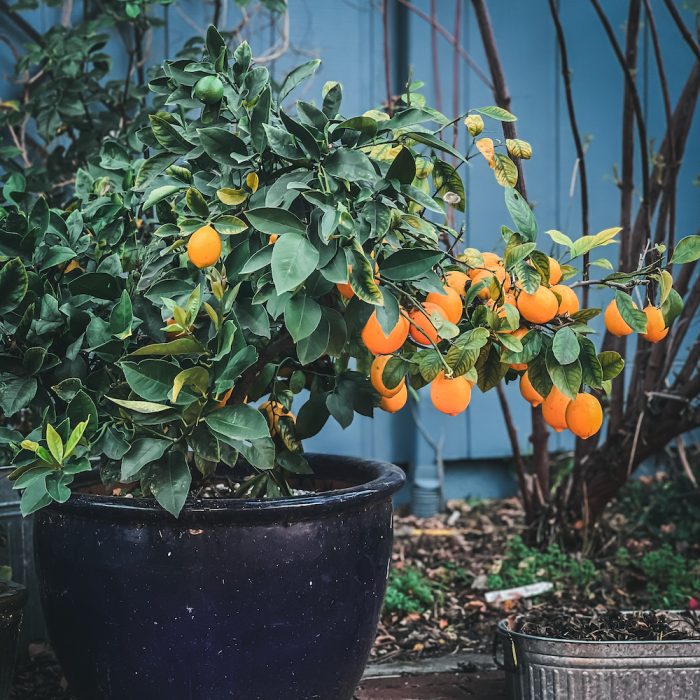






Read 0 comments and reply